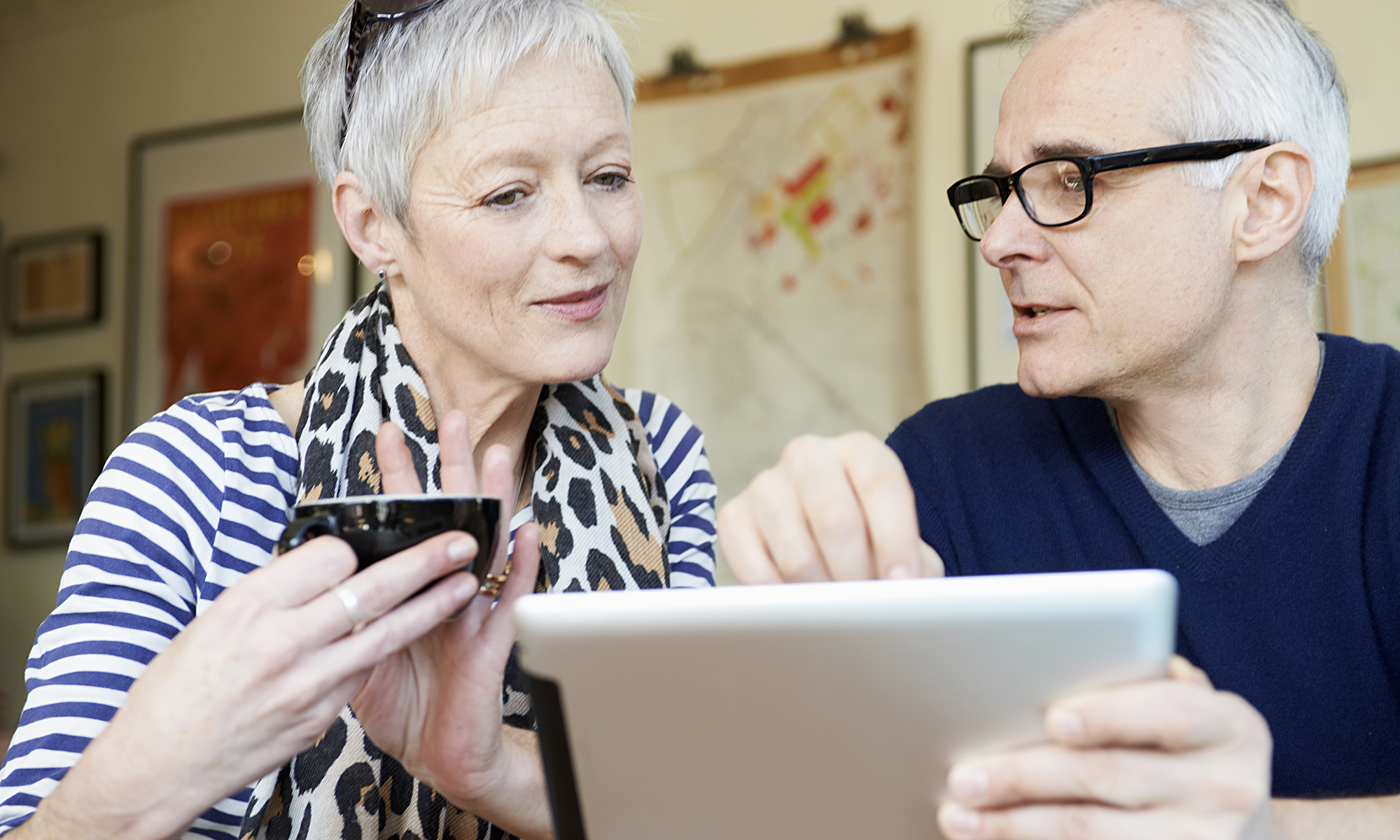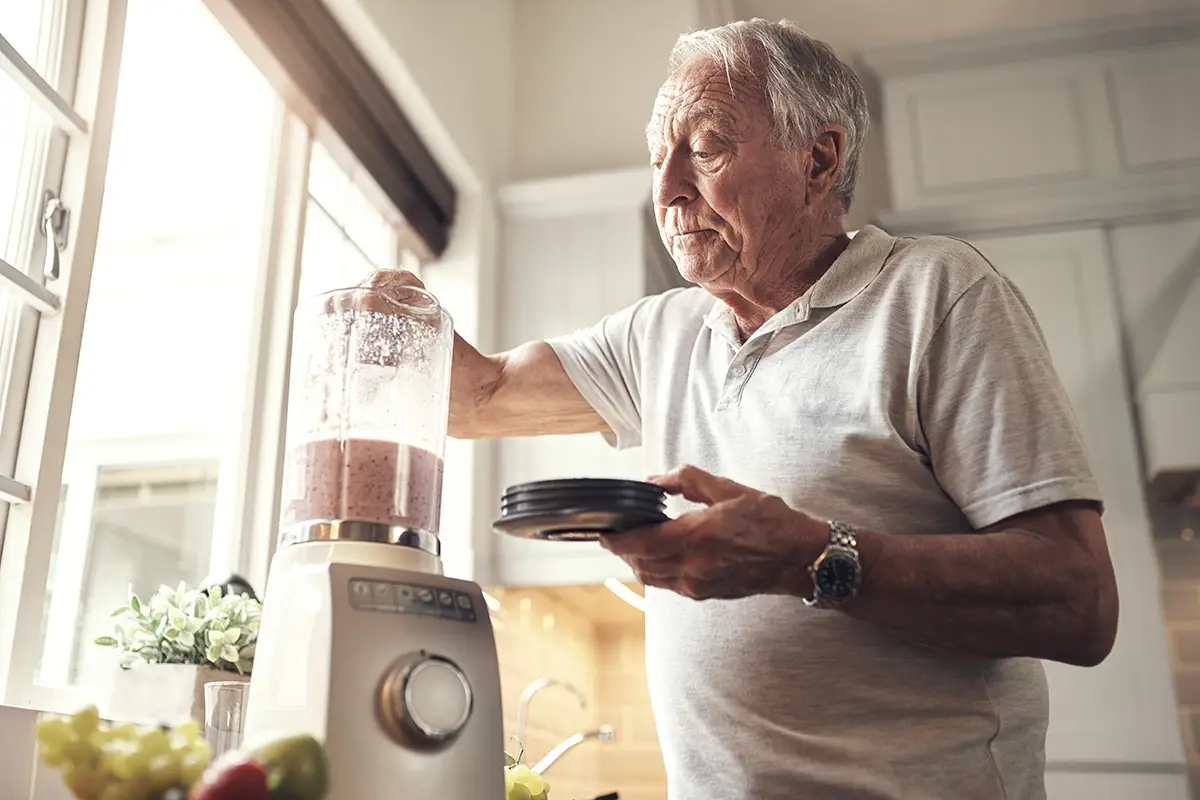How Does Teleassistance Work
Elderly, frail, or disabled people often wish to live alone at home to preserve their independence and intimacy and keep their landmarks and memories.
The main objective of teleassistance is to avoid many accidents, save lives, and manage anxiety by helping vulnerable people to stay at home.
What is medical teleassistance?
Medical teleassistance, such as home teleassistance or mobile teleassistance, is a device that allows a fragile person to live alone and continue his or her daily activities in complete safety.
However, these people often fear an illness, a fall, or isolation, and their relatives are worried.
For everyone to live with peace of mind, medical assistance allows vulnerable people to live at home with the possibility
– to obtain medical advice in case of health problems: the assistance center’s doctor is available to answer health questions and acts as a relay with the attending physician;
– to be helped and listened to in case of problems (anxiety, isolation = psychological support);
– to warn relatives or neighbors if necessary;
– a medical assistance platform can be reached at any time and organizes the necessary help according to the seriousness of the situation (SAMU, firefighters).
Good to know: per the law, medical advice is neither a diagnosis nor a consultation which is the sole responsibility of the attending physician.
How does this teleassistance work?

As for home teleassistance, the person wishing to live at home quietly benefits:
– a teleassistance bracelet (very light transmitter) equipped with a call button;
– a transmitter connected to the telephone and electrical outlets and equipped with a powerful microphone and speaker. It is used as a hands-free telephone.
Who is concerned about medical teleassistance?
Medical Tele assistance concerns frail people who wish to be autonomous while being secured at home. It allows:
– home care for older adults and home care for disabled people;
– people who are hospitalized at home.
Price of the medicalized teleassistance
For a medicalized teleassistance, it is necessary to count approximately a subscription of $30 to $40 per month.
This price includes
– the transmitter/receiver box;
– the medallion or bracelet for emergency calls;
– the medical service (help desk).
Some telecare companies may offer you a complete package (home assistance + medical assistance) which includes non-medical supervision of certain vital functions, such as
– room temperature control,
– reminder and help to take medication,
– presence detector in bed, in the chair.
Prices can vary from one provider to another, so don’t hesitate to shop around for the same quality service:
– Count for the complete package around $60/month.
The price of the commissioning is between $20 and $60 to add.
Assistance for this medicalized teleassistance
You benefit from assistance within the framework of the service to the person:
– if the subscriber is taxable, he/she can have a tax deduction equal to 50% of the subscription;
– if the subscriber is not taxable, he/she will benefit from a tax credit.
Some communities grant aid to set up this system. Do not hesitate to inquire.
The expenses can also be taken into charge by your insurance.
Read more:
– Why Go to a Convalescent Home;
– Rest and Care Home: Who Can Be Admitted;
– Nursing Home for the Elderly;
– What Is Home Care For the Elderly;
– Admission Formalities to a Nursing Home Care;
– Palliative Care Unit: Helping Patients at the End of Life;
– 5 Steps to Choose an Elderly Care Home for Your Loved Ones;







[…] How Does Teleassistance Work; […]